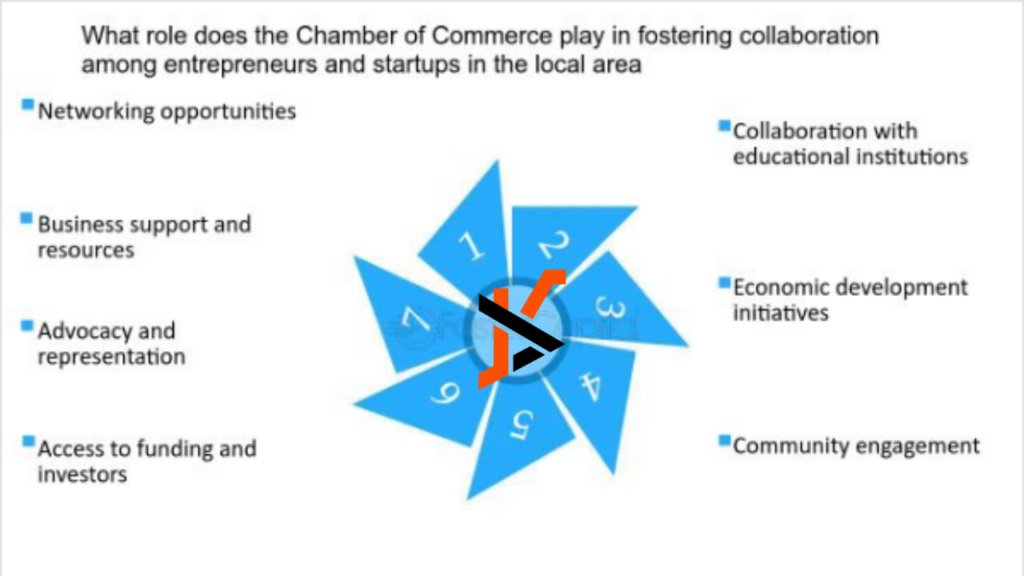In today’s rapidly changing world, businesses face a variety of challenges, from economic downturns and natural disasters to cyberattacks and global pandemics. These challenges can disrupt operations, threaten revenues, and shake consumer confidence. To navigate such uncertainties, companies need robust strategies, and one of the most effective solutions is implementing business resiliency programs.
What Are Business Resiliency Programs?
Business resiliency programs are structured frameworks designed to help organizations identify potential risks, develop plans to address those risks, and maintain operations during disruptions. These programs focus on adaptability, preparedness, and recovery.
At their core, business resiliency programs encompass several key areas:
- Risk Management: Identifying and assessing potential threats.
- Continuity Planning: Creating plans to maintain operations during crises.
- Recovery Strategies: Developing systems to restore normalcy quickly.
- Employee Training: Ensuring staff are prepared to respond effectively.
- Technology and Infrastructure Resilience: Safeguarding critical systems and data.
Resiliency programs vary in scope, depending on an organization’s size, industry, and specific challenges. However, their ultimate goal is the same: to minimize disruption and enable organizations to bounce back stronger.
Why Are Business Resiliency Programs Important?
- Mitigating Financial Losses
Disruptions, whether caused by natural disasters or cyberattacks, can result in significant financial losses. A robust resiliency program helps minimize downtime, ensuring that businesses can continue generating revenue even during challenging times. - Compliance with Regulations
Many industries are subject to regulations that require continuity planning and risk management. Business resiliency programs ensure compliance, avoiding penalties and reputational damage. - Enhancing Competitive Advantage
Organizations that can recover quickly from disruptions gain a competitive edge. While competitors struggle, resilient businesses continue to deliver products and services, capturing market share. - Protecting Employees and Stakeholders
Resiliency programs prioritize the safety and well-being of employees, customers, and other stakeholders, fostering a culture of care and responsibility.
Steps to Develop an Effective Business Resiliency Program
- Conduct a Risk Assessment
Begin by identifying potential threats to your business. Use tools like SWOT analysis (Strengths, Weaknesses, Opportunities, and Threats) and consult industry reports for insights. - Define Objectives and Priorities
Establish what your program aims to achieve. For example, you might prioritize customer data protection, supply chain continuity, or employee safety. - Develop Business Continuity and Recovery Plans
Outline step-by-step procedures for maintaining and restoring critical operations. Assign clear roles and responsibilities to team members. - Invest in Resilient Infrastructure
Upgrade technology and infrastructure to withstand disruptions. This may include cloud-based systems, redundant power supplies, and secure communication platforms. - Test and Update Regularly
Crisis simulations and drills are essential for identifying weaknesses in your plans. Regularly update your program to address new risks and challenges. - Communicate with Stakeholders
Keep employees, customers, and partners informed about your resiliency efforts. Transparency builds trust and ensures smooth collaboration during crises.
Conclusion
In an unpredictable world, businesses cannot afford to leave their operations vulnerable to disruptions. Business resiliency programs provide a roadmap for organizations to prepare for, respond to, and recover from crises effectively. By investing in risk assessment, continuity planning, and employee training, companies can safeguard their operations, build trust with stakeholders, and ensure long-term success.
FAQs
1. What is the main goal of a business resiliency program?
The main goal is to ensure that an organization can continue critical operations during disruptions and recover quickly, minimizing financial and reputational damage.
2. How often should a business test its resiliency program?
Organizations should conduct regular testing, at least annually, and after significant changes in operations or risk factors.
3. Can small businesses benefit from resiliency programs?
Absolutely. Even simple measures like data backups and emergency communication plans can significantly enhance a small business’s ability to withstand disruptions.
4. What role do employees play in business resiliency?
Employees are vital to executing resiliency plans. Proper training and clear communication ensure they can respond effectively during crises.

